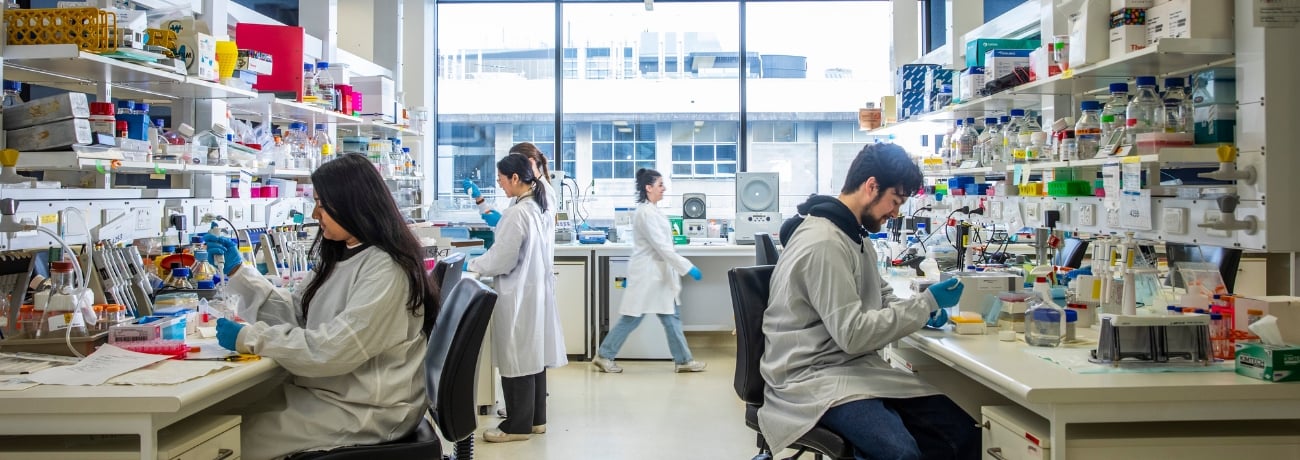Drs Dean Wright, Thibault Renoir, and colleagues at the Florey Institute of Neuroscience and Mental Health in Melbourne, have shown that the safe and effective nutritional supplement NAC (N-acetylcysteine) alleviates depressive symptoms in a mouse model by altering a key brain signaling system.
The Florey scientists previously showed that giving animals NAC improved depressive-like behavior but until now, the way NAC worked was a mystery.
NAC supplies a crucial amino acid, cysteine, which is required to maintain steady levels of glutamate in the brain.
Glutamate excites brain cells, passing nerve signals from one brain cell on to the next. Excessive glutamate can ultimately become toxic to the receiving neurone – effectively they die of exhaustion.
In the brain, excess glutamate is normally removed by molecules called ‘transporters’ which rely on cysteine to function properly. In their Huntington’s disease model, which displays depression-like symptoms, Renoir and colleagues observed reduced levels of the enzyme that produces cysteine. This led to reduced transporter function, increasing glutamate and ultimately, toxicity to the receiving neurones.
Levels of these transporters are also reduced in in the brains of depressed people, with or without Huntington’s disease, according to Dr Renoir.
“Depressed mice did indeed have reduced levels of cysteine in the brain, and displayed ‘learned helplessness’ – a well validated measure of depression, Dr Renoir says.
“The mice were treated with NAC which showed antidepressant effects. When we blocked the actions of the glutamate transporters with chemical inhibitors however, the mice showed no improvement in their depressive symptoms, indicating the specific role of the transporters in the illness.”
As well, giving mice NAC also reduced the levels of a glutaminergic excitatory receptor, returning its activity back to normal, demonstrating a two-pronged mechanism of NAC.
Ketamine, which is emerging as a potential therapeutic agent for depression, also acts through this pathway, providing further evidence for its potential to be targeted by NAC in depression treatments.
The article, published in Human Molecular Genetics, provides evidence supporting a potential clinical trial of NAC, as well as development of new treatments with a similar mechanism of action.
“We do not recommend people self-medicate with NAC because the necessary clinical trials with patients still need to be conducted ,” says Professor Anthony Hannan, head of the Florey team which conducted the research.
“We are very excited, however, that we have identified a molecular mechanism which will help test therapeutic targets and new drugs that are likely to be even more effective than NAC,” Prof Hannan says.
Huntington’s disease (HD) is a terminal degenerative brain disease that has a 50 per cent chance of being passed down through affected families. People with Huntington’s generally start to experience symptoms in mid-life. Symptoms include difficulty with co-ordinated movements like walking, learning and memory function, and psychiatric illness – the most common of which is depression.
